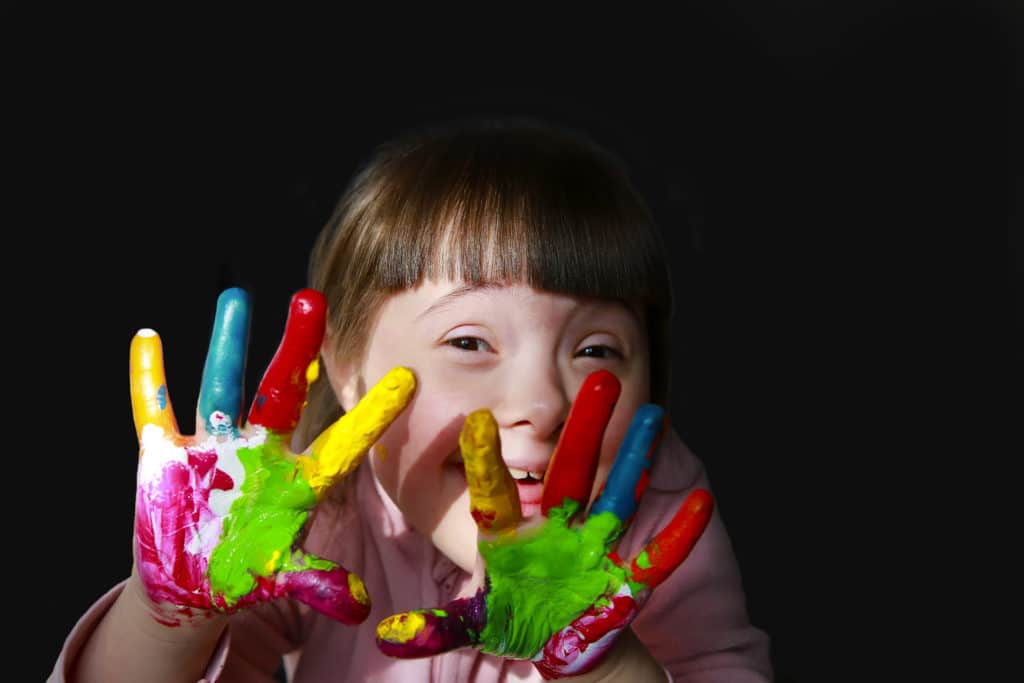DCI Art Contest: The Colorful World of Those with Intellectual Disabilities
Depending on what part of the country you live in, spring may enter like a lamb. Gentle, yellow daffodils and white, purple, pink, and yellow tulips introduce their first blooms. The skies turn a brighter blue, while green leaves and grass return for a new season. Direct Care Innovations appreciates the benefits that color yields to all, especially those living with intellectual disabilities, which is why we are pleased to offer our DCI Art Contest once again.
Art and Neuroscience
Recent efforts into art studies focus on the interplay between art and neuroscience. Since light is comprised of electromagnetic waves, each color (and shade of color) has a specific wavelength and magnetic frequency. These frequencies interact with the brain’s neuropathways in several ways. They:
- Stimulate blood flow to the prefrontal cortex.
- Improve affect and mood.
- Impact attention and behavior, such as aggression.
- Support communication.
Color affects people differently, depending on their natural make-up and the specific color observed. While some colors have a calming effect, others overstimulate people. This is especially true of those with Attention-Deficit/Hyperactivity Disorder, Autism, and those on the spectrum who experience more intense sensory responses, alternative cognition processing, and increased activity in their visual processing pathways.
Summer Color (Warm Shades)
Reds, yellows, and the oranges they combine to create, are all warm shades of color. Warm colors, such as these, cause a high amount of stimulation, which promotes creativity and energizes. In some cases, one may desire those results. In other situations, the colors overstimulate the observer, causing an inability to pay attention or relax. It could even contribute to aggression.
Think about the sense of warning you feel with the colors of a traffic light. Red can increase heart rate and blood pressure, induce sweating, and trigger the other senses. Orange and bright yellow sometimes arouse anger and contribute to lower patience and increased frustration.
Winter Tones (Cool Shades)
Purple, pink, green, blue, and gray can all support the parasympathetic system to regulate. Regulation results in peace, calm, and a sense of well-being. Whereas warm colors can induce hunger and cause sweating, cool colors can suppress appetite and lower body temperature.
Working the way down the traffic light colors finally lands on the green. Green, in particular, seems to support relaxation and nervous system regulation. Additionally, it may support speech development and communication, which naturally improve when the nervous system is at rest.
Celebrate Color, Increase Awareness: Enter the DCI Art Contest
Colors clearly solicit strong responses in people, especially those living with intellectual disabilities. To celebrate the community and those who serve them, we hope you will encourage those with intellectual disabilities in your world to participate in the DCI Art Contest. Simply click on the link, choose the picture you like best, color your way to calm, and submit it.
DCI serves providers in all 50 states with EVV solutions and business management software solutions that streamline your business while maintaining compliance. Call us at (480) 295-3307 or request a demo here to learn more about us.

